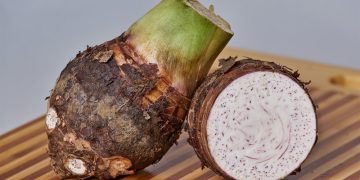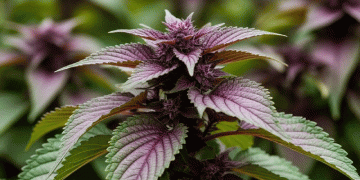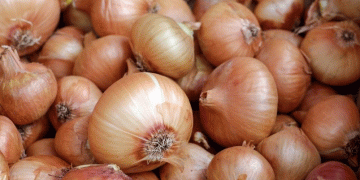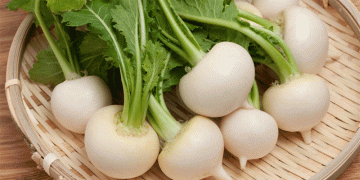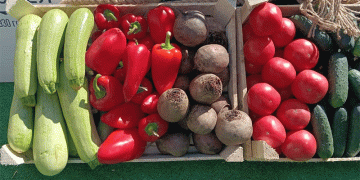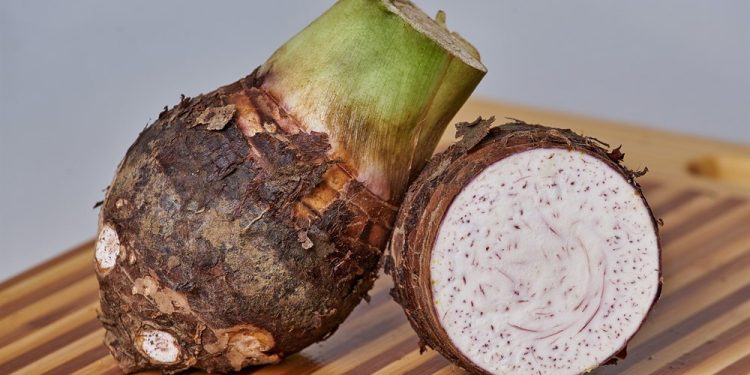#taro #tropicalplant #culinaryhistory #exoticvegetable #gastronomy #Hawaiianlegend #tuber #cuisines #globalappeal
For over two millennia, tropical regions have resolved the consumption of taro plant tubers. The enigmatic history and diverse culinary applications of this vegetable continue to intrigue and delight palates worldwide.
Taro in Legends and Cultures:
According to Hawaiian legend, the taro plant emerged from the burial site of an unusual-looking son born to the Father of Heaven. Over time, this tale birthed a cultural connection between the taro plant and the Hawaiian people. Interestingly, tradition dictates that only men should cultivate taro.
Versatile Titles and Distinctive Taste:
Known by various names such as “colocasia esculenta,” “taro” is a Tahitian term derived from the Javanese word for the plant. Pliny the Elder, an ancient Roman historian, documented the consumption of taro by Egyptians. In modern times, taro remains a staple food across Oceania.
Culinary Delights and Cultural Significance:
A prominent Polynesian dish named “poi” features baked and mashed taro, with its thickness determining whether it’s a two-finger or three-finger meal. Europeans, however, often find the starchy, gluey taste of taro unfamiliar. In Japan, taro was a primary food source prior to the dominance of rice.
Nutritional Richness and Culinary Applications:
Taro’s tubers, which can grow up to four kilograms, come in various colors and offer a balanced mix of nutrients—up to 20% starch, around 3% protein, along with sugars, vitamins (A, B group, C, D, K ), and essential minerals. The tubers are transformed into flour, starch, and even spirits, while fermented dough known as “nu” is prepared in Polynesia and Africa.
Health Benefits and Contemporary Use:
Beyond its culinary uses, taro has served as a medicinal plant for ages. Rich in antioxidants, it enhances skin health and mucous membranes. Additionally, taro consumption aids heart rhythm, lowers blood pressure, and improves eyesight. Frozen or canned taro is available, and adventurous eaters can create simple yet flavorful dishes with it.
Cultivation and Global Icon:
Taro’s popularity has made it a common motif on coins in Pacific countries like Vanuatu, Samoa, and the Cook Islands. Although native to tropical climates, taro can be cultivated in controlled environments, and its distinctive leaves and roots offer a unique gardening experience.
The journey of taro from an ancient legend to a global culinary sensation demonstrates the power of cultural exchange and adaptation. As this versatile tuber continues to enrich diets and traditions across continents, it reminds us of the fascinating interplay between food, culture, and identity.
